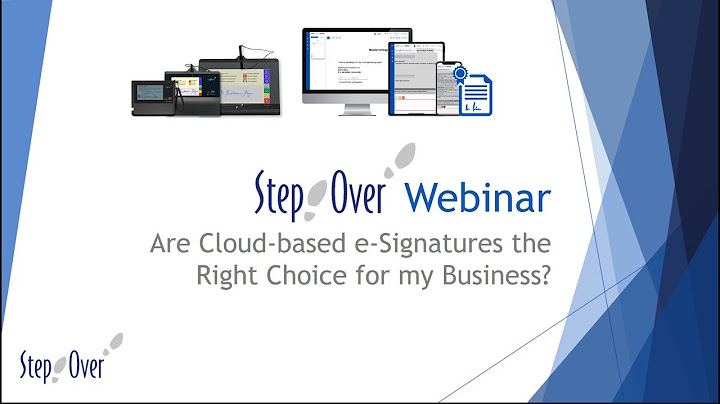Map, secure, and monitor your cloud assets across platforms in under 5 minutes. Optimize operations and costs with an agentless CSPM solution that uses our Security Knowledge Graph™ to ensure scalable, consistent protection and governance. Playground account populated with data Snowflake’s architecture consists of a:
 Cloud Services LayerThis layer is referred to as the “Brain” of the system. It is a collection of independent services designed specifically for scalability and high availability. Each of these services is managed completely and transparently by Snowflake while maintaining availability during upgrades and patches. With exception of persisted metadata, all services are stateless. All persistence is supported by robust, scalable, transactional key-value data store that is accessed through an abstract mapping layer. Services managed in this layer include:
Query Processing LayerThis layer is referred to as the “Muscle” of the system. It provides the horsepower that drives the actual query execution across elastic clusters of virtual machines. Snowflake uses the term “Virtual Warehouse” which is essentially a MPP compute cluster to execute queries. These clusters can scale to demand essentially accessing the same underlying data. They run independently and without contention, enabling heavy queries and operations to run simultaneously. Warehouses can be set to automatically suspend in order not to incur costs during downtime. They can also be set to resume automatically when a statement that requires the warehouse is submitted. Scaling up vs. Scaling outScaling up increases the compute power of the existing warehouse. Snowflake defines virtual warehouses in T-shirt sizes, X-Small, Small, Medium and so on. Subsequent sizes provide double the compute of the previous size. Scaling up can be done without stopping the warehouse and future queries take advantage of the additional capacity.  Scaling out assists in executing concurrent queries on a warehouse. Snowflake offers Standard and Economic Scaling policies. Standard policy focuses on minimizing queuing where as an Economic policy looks at fully utilizing the current cluster before adding an additional cluster. Workloads can be separated to use separate warehouses. Warehouses can access the same underlying data without competing for resources. Database Storage LayerSnowflake organizes the data into multiple micro partitions that are internally optimized and compressed. It uses a columnar format to store and manages all aspects of the data like file size, compression, metadata, statistics etc. Data is encrypted by default in Snowflake. The data objects are only available via SQL query operations run via Snowflake. Snowflake is built to be a complete SQL Database and has its own query tool, supports role-based security, multi-statement transactions, full DML, windowing functions and everything else expected in a SQL database. Data is stored in the cloud storage and works as a shared-disk model thereby providing simplicity in data management. Snowflake’s architecture allows quick consolidation of diverse data onto one platform. Semi-structured data can be loaded as a VARIANT data type which enables querying JSON in a fully relational manner.  Getting StartedSnowflake provides different ways to connect to the service:
Since Snowflake runs completely on the cloud infrastructure, a Snowflake account can be created on the following cloud providers’ platform:
A single account can be hosted on only one cloud platform in a single region. Regions available are based on the cloud platform selected. Snowflake EditionsCurrently, Snowflake offers four editions to choose from. An account can be of one edition type only. Each edition provides edition-specific features and level of service.
Additional featuresSnowflake offers several key features like Security, Data Protection, Caching, Data cloning, Data sharing, ACID compliance etc making it a truly unique cloud platform for storing and retrieving data. Snowflake is also committed to continual innovation to deliver improvements in the form of new features, enhancements and fixes. SummarySnowflake’s unique architecture and features like zero-copy data cloning, dynamic caching, and data sharing provide tremendous flexibility and scalability making it an unrivaled competitor in the Elastic Data warehousing space. What type of cloud service does Snowflake offers?Snowflake's Data Cloud is powered by an advanced data platform provided as Software-as-a-Service (SaaS). Snowflake enables data storage, processing, and analytic solutions that are faster, easier to use, and far more flexible than traditional offerings.
Is Snowflake on AWS or Azure?Snowflake is available on AWS, Azure, and Google in over 20 regions across the globe.
Is Snowflake available on Azure?Azure Data Factory now supports data integration with Snowflake. Azure Data Factory provides 90+ built-in connectors allowing you to easily integrate with various data stores regardless of variety of volume, whether they are on premises or in the cloud.
Which cloud platform was Snowflake first available on?It runs on Amazon S3 since 2014, on Microsoft Azure since 2018 and on the Google Cloud Platform since 2019. The company was ranked first on the Forbes Cloud 100 in 2019.
|

zusammenhängende Posts
Werbung
NEUESTEN NACHRICHTEN
Wie lange hat der Vermieter Zeit die Kündigung zu bestätigen
1 Jahrs vor . durch EphemeralProceedingsWerbung
Populer
Werbung

Urheberrechte © © 2024 de.apacode Inc.


















